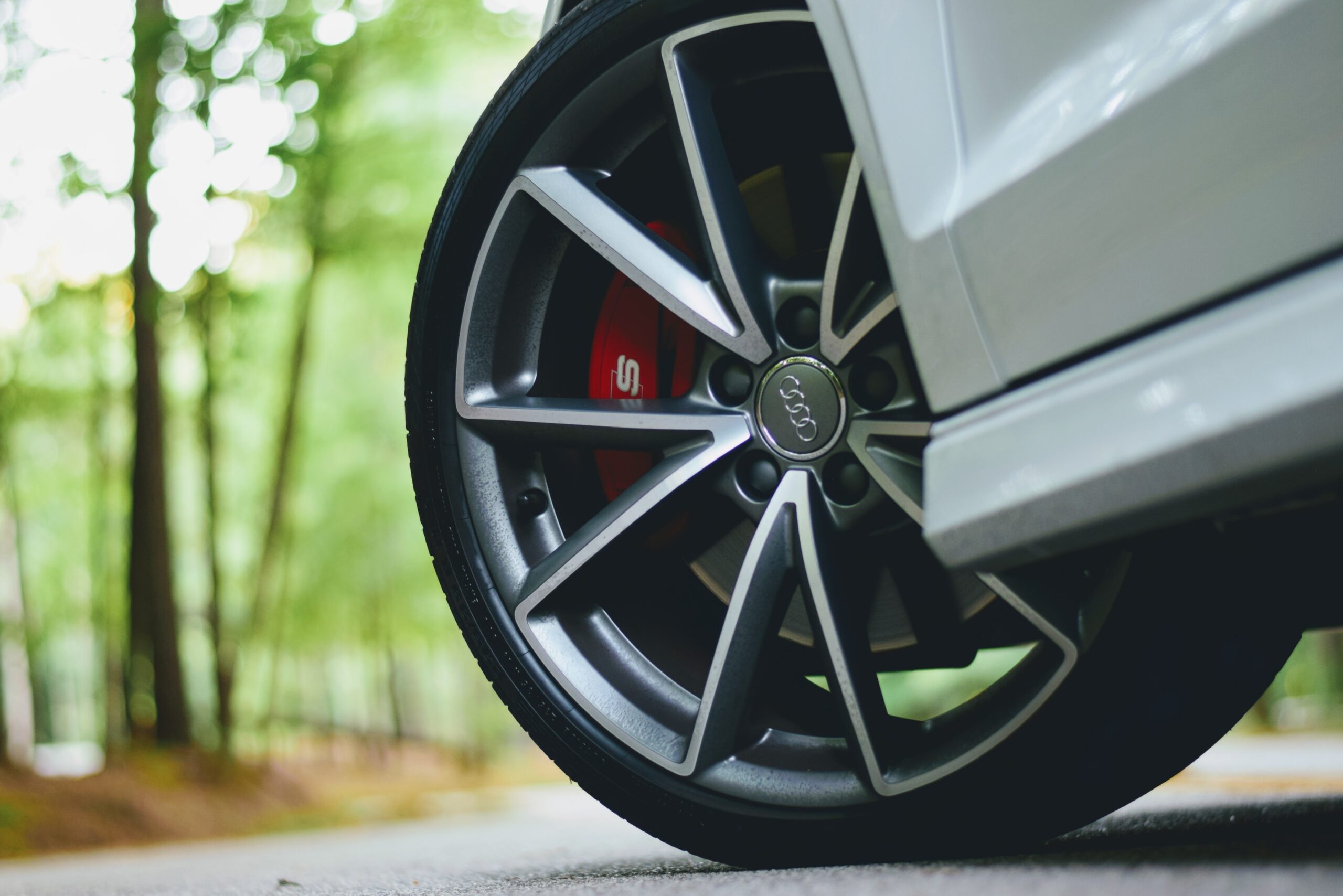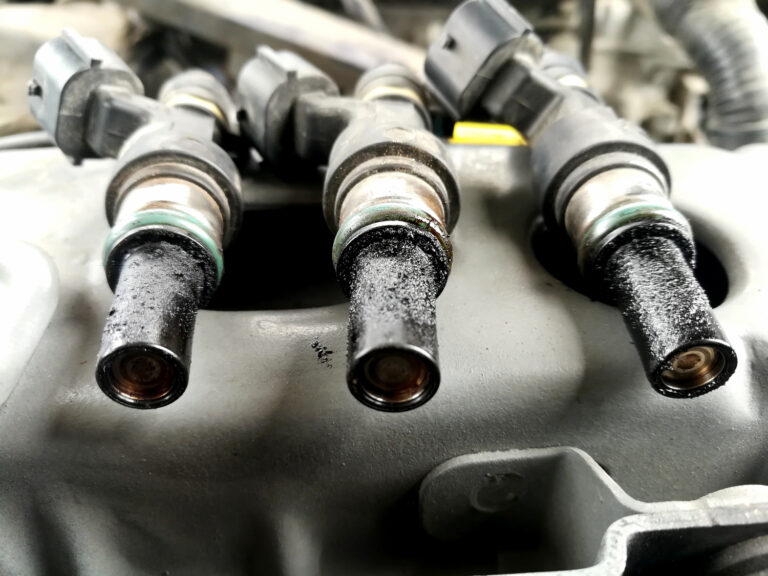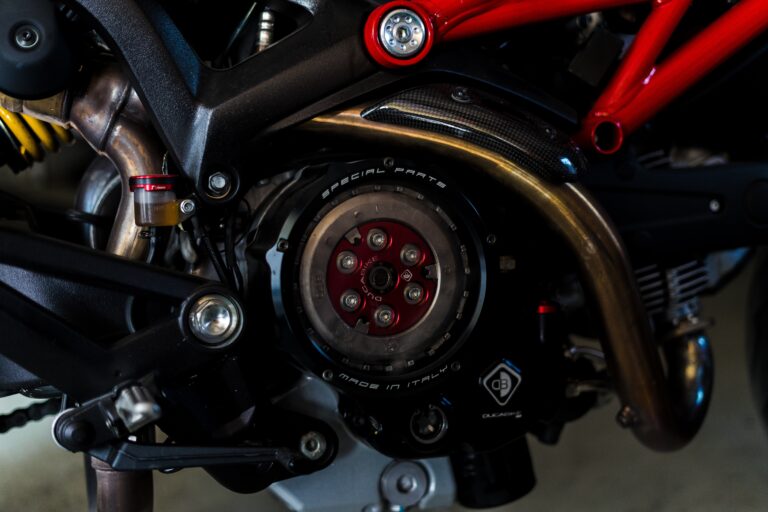Throughout the standard procedure, your cars and truck need to drive smoothly and constantly nearby you navigate. As drivers, we barely really feel bumps, fractures, or flaws in the roads because of the sophisticated technology that comprises modern vehicles’ suspension and drive systems. However, there are times when we sense a vibration in the steering wheel that appears on particular roadways, at one specific speed, or anytime the car moves on.
Since there are multiple parts on today’s vehicles that can trigger trembling in the steering wheel, finding the precise source can be discouraging and time-consuming, as well as for the most skilled mechanics. Include the truth that multiple front-end parts could be worn out or out of positioning at the same time, as well as you’ll comprehend why the process of uncovering the exact source of steering wheel resonance can be time-consuming and also incredibly comprehensive procedure.
Part 1 of 3: Diagnosing tire and also wheel balance issues
The most usual source of guiding wheel resonance results from tires and wheels that fall out of balance. Tire/wheel equilibrium is the procedure of adding weight to the wheel after a new tire has been set up. Every tire that advances off the factory floor has some blemishes in the building or the weight circulation and requires weights to stabilize it.
The very best way to establish if the guiding wheel drinking is triggered by your front tires and wheels running out of equilibrium is to have a specialist tire service technician finish a balance examination.
Typically the lesson signs that lead to this concern consist of:
The guiding wheel shakes when the car gets to highway rates (55 miles per hour and above).
The drinking considerably becomes worse the faster the vehicle drives.
The shaking goes away when you decelerate listed below highway rates.
You can also carry out some assessments on your own to identify whether your tire/wheel balance is causing the steering wheel resonance.
Examine the sides of your tires for marks. The most usual cause of tires and wheels falling out of equilibrium results from the tire striking an aesthetic. If you find scuff marks on the side of your tire, it’s an excellent indication that the tire and wheel are out of equilibrium. Striking an object will change the weight balance of the tire to where the tire hit the thing.
Another simple check is to check the side of the wheel where the weights have initially been installed. If you find a clean spot in the form of a wheel weight on the side of your wheel, it’s most likely that the importance will diminish. This check is challenging to complete on the inside of the wheel, but if you can, turn the wheel to the left and examine the inside too.
Part 2 of 3: Diagnosing wheel bearing concerns.
The wheel bearings protect the wheel hub to the vehicle’s suspension. Inside the wheel bearing, real estate is a lubricant made to keep the directions trendy and reduce the accumulation of heat as the wheel rotates. In time, the wheel bearings tend to lose lubricity, and if the bearings are not replaced promptly, they can trigger the wheel hub to loosen.
As the vehicle drives in the future, the loose wheel will undoubtedly shake, which might be felt in the guiding wheel. If the wheel bearings are not replaced quickly, they can damage, causing the entire wheel/hub assembly to diminish the lorry and produce an unsafe driving circumstance.
Any newbie technician can conduct a detailed examination to check whether the wheel bearings are causing the resonance. To do this assessment, you’ll require to adhere to these standard actions.
Step 1: Elevate the front end of the automobile on jack stands. Utilizing a hydraulic lift or a jack and jack stands to increase the front end of the car.
Make sure to jack the front wheel from the reduced control arm or the side body mount.
Action 2: Check the tire/wheel for loose wheel bearings. As noted in the image over, the assessment for loosened or worn-out wheel bearings is relatively easy to complete and done by touch. Location both hands on the tire, ideally with one hand at 3 o’clock placement as well as the other at 9 o’clock.
Impel and pull the tire in and out with both hands. If you work this and hear a clunking sound or the wheel relocates quickly while drinking the tire, it’s a good indicator that the wheel bearings are broken and need to be replaced.
Step 3: Put back the wheel bearings or have a mechanic total this job. If you have the right tools and undergo, replacing the wheel bearings is a relatively simple job.
Yet if you do not, or merely do not feel comfy completing this job, contact an auto mechanic who can change your wheel bearings for you. This is a harmful situation that you don’t intend to delay repairing.
Part 3 of 3: Inspecting suspension component issues.
Multiple components consist of the contemporary front-end suspension. Each of these parts is linked to supplying guiding input, power the front wheels, and keep the front wheel in line so the automobile will undoubtedly drive right down the road.
Incorrect placement of suspension parts can affect the security of the vehicle and trigger shaking in the guiding wheel. The drinking is generally brought on by suspension parts that are worn or loose, which creates positioning issues.
You’ll need to complete the following inspections to determine if suspension parts are worn out or faulty suspension positioning.
Step 1: Check the tie poles for wear. The first things you intend to examine for damage concerning guiding wheel vibration are the tie poles. Describe your service handbook for precise guidelines and steps on exactly how you must evaluate them, as each automobile’s connection pole construction and location are remarkable.
Action 2: Check the bushings. A usual cause of guiding wheel vibration at lower rates is when the bushings of the connection poles, spindles, or control arms are worn out.
Initially, jack up your car’s front end and put the front upright jack stands (make sure to put wheel chocks behind the back wheels).
Utilizing a flashlight, check the bushings for cuts, tears, squeezing, indications of excess oil, or the bushings pushed out of the brackets. Try to move or shake the suspension component that is connected by the bushings. If the element moves, the bushings have failed and need to be changed.
Action 3: Check the shocks, struts as well as springs. Most vehicles have front struts or shock absorbers linked to the reduced control arm and are a part of the suspension.
Finish the following assessments to check for wear and tear that can trigger resonance in the steering wheel.
Look for indications of grease: When a shock or strut is dripping, you’ll generally find lubricant along with the prop or the shock mounts. This might suggest that the shocks or struts are loose, creating the vibration.
Examine the spring for damages: In some instances, the springtime will undoubtedly end up being removed from the coil-over shock/strut. This can also cause vibration problems.
Examine the shock installs: If the places hang, it will undoubtedly create the front end to rattle and the guiding wheel to shake. This is noticed instantly as quickly as the lorry moves forward or in reverse.







